Introduction to China’s Rice Terraces
China’s rice terraces are a breathtaking testament to human ingenuity and harmony with nature. These cascading steps of cultivated land, etched into mountainsides, have been sustaining communities for over a millennium. Developed as a solution to farming on steep terrain, rice terraces have become an integral part of China’s agricultural heritage and cultural landscape.
The history of these terraces dates back to the Yuan Dynasty (1271-1368), though some may be even older. Over centuries, farmers have painstakingly carved these terraces by hand, transforming rugged mountains into productive farmland.
More than just agricultural sites, rice terraces embody the Chinese philosophy of living in harmony with nature. They represent the delicate balance between human needs and environmental stewardship, a principle deeply rooted in Chinese culture.
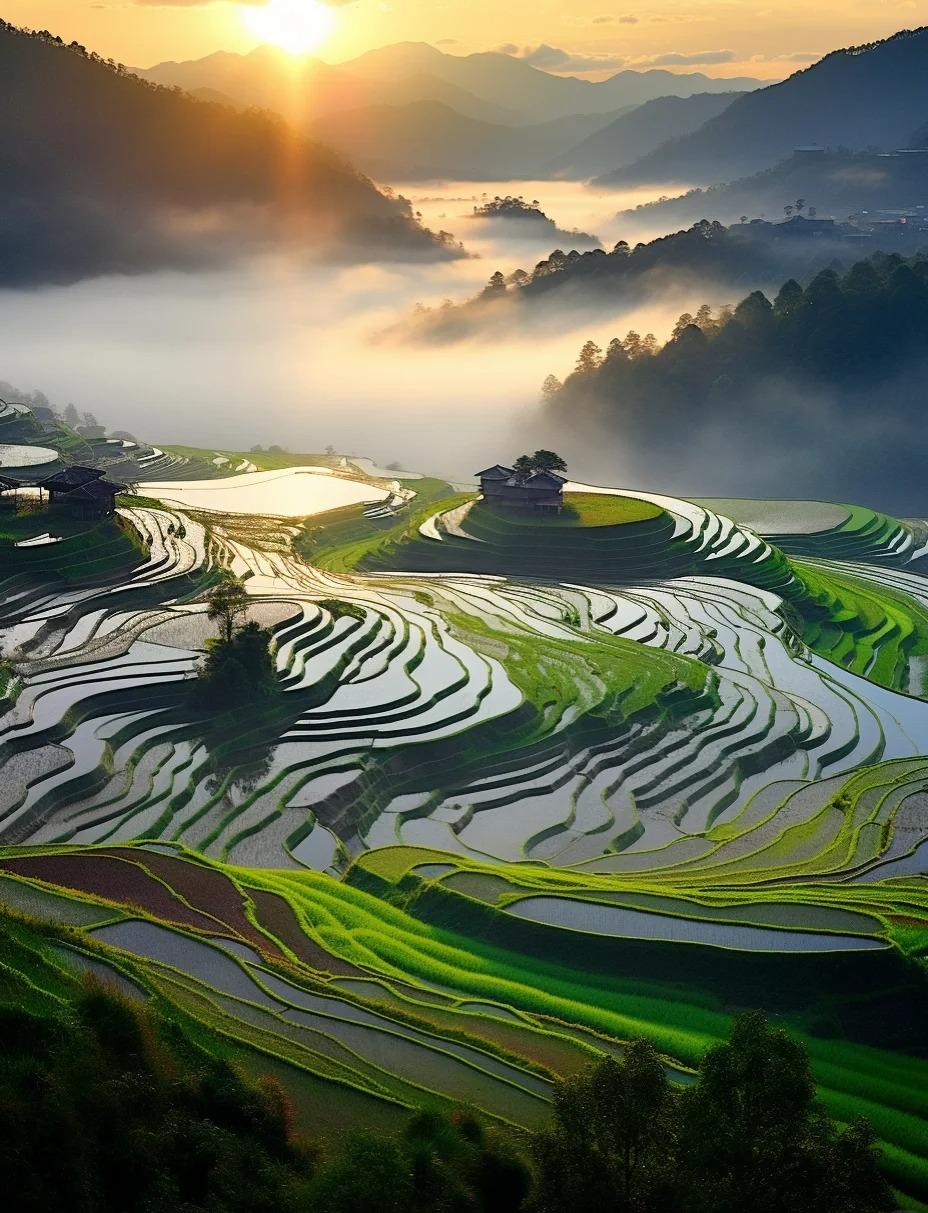
Famous Rice Terrace Locations in China
Longji Rice Terraces (Dragon’s Backbone)
Located in Guangxi Province, the Longji terraces are named for their resemblance to a dragon’s scales. They offer stunning views that change with the seasons, from mirror-like surfaces in spring to golden waves in autumn.

Yuanyang Rice Terraces
Situated in Yunnan Province, the Yuanyang terraces are renowned for their ethereal beauty, especially at sunrise and sunset when the terraces reflect the changing colors of the sky.
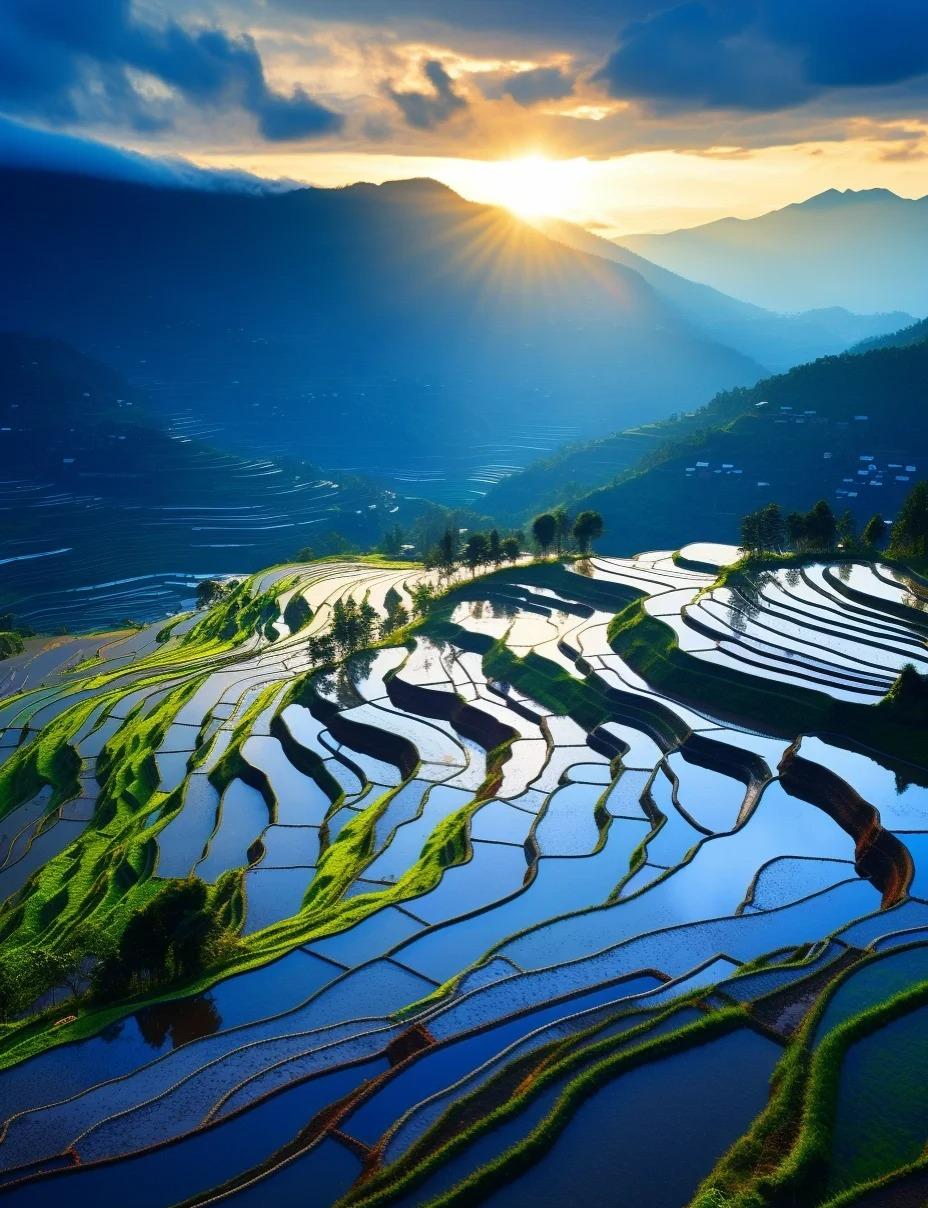
Ziquejie Terraces
Found in Hunan Province, these terraces are less visited but equally impressive, featuring a unique “plateau” terracing style.
Honghe Hani Rice Terraces
A UNESCO World Heritage Site in Yunnan, these terraces are a masterpiece of the Hani people’s farming techniques and water management.
| Terrace | Location | Best Time to Visit |
|---|---|---|
| Longji | Guangxi | April-October |
| Yuanyang | Yunnan | November-April |
| Ziquejie | Hunan | Year-round |
| Honghe Hani | Yunnan | September-March |
Engineering and Agricultural Marvel
The construction of rice terraces is a feat of ancient engineering. Farmers use a complex system of channels and dykes to direct water from mountain springs to each terrace level. This intricate irrigation system ensures that water is evenly distributed, preventing erosion and maximizing rice production.
These terraces exemplify sustainable farming practices. The stepped design not only conserves water but also prevents soil erosion, allowing agriculture on slopes that would otherwise be unsuitable for cultivation.
The terraces support rich biodiversity, creating micro-ecosystems that host a variety of plants and animals. This biodiversity contributes to pest control and soil health, reducing the need for chemical interventions.
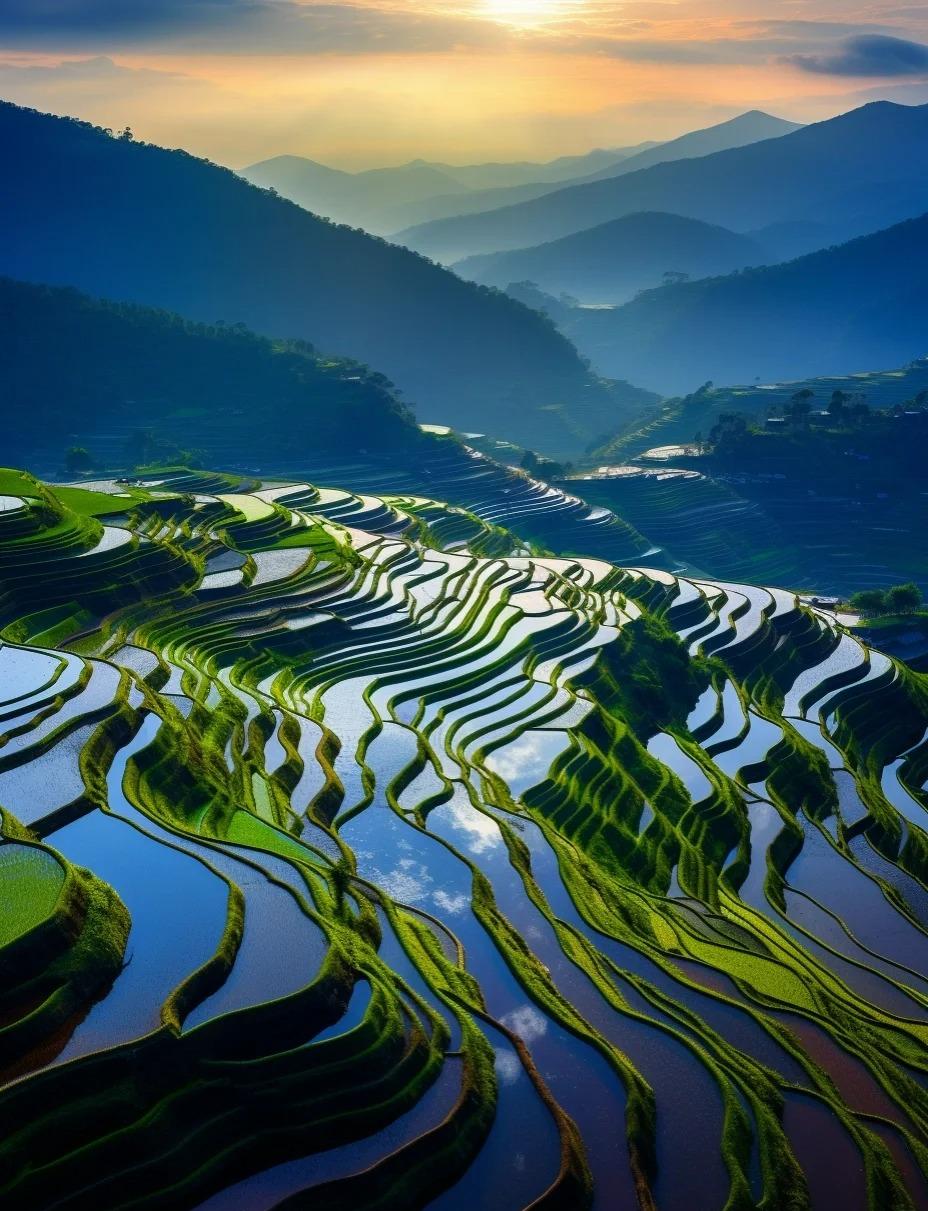
Cultural Significance
Rice terraces are deeply intertwined with the cultures of ethnic minorities like the Zhuang, Yao, and Hani peoples. They shape local lifestyles, social structures, and spiritual beliefs.
Many traditional festivals revolve around the rice cultivation cycle. For instance, the Hani people celebrate the “Long Table Feast” to express gratitude for good harvests.
These landscapes have inspired countless Chinese artists and poets throughout history, appearing in classical paintings and verses that celebrate the harmony between humans and nature.
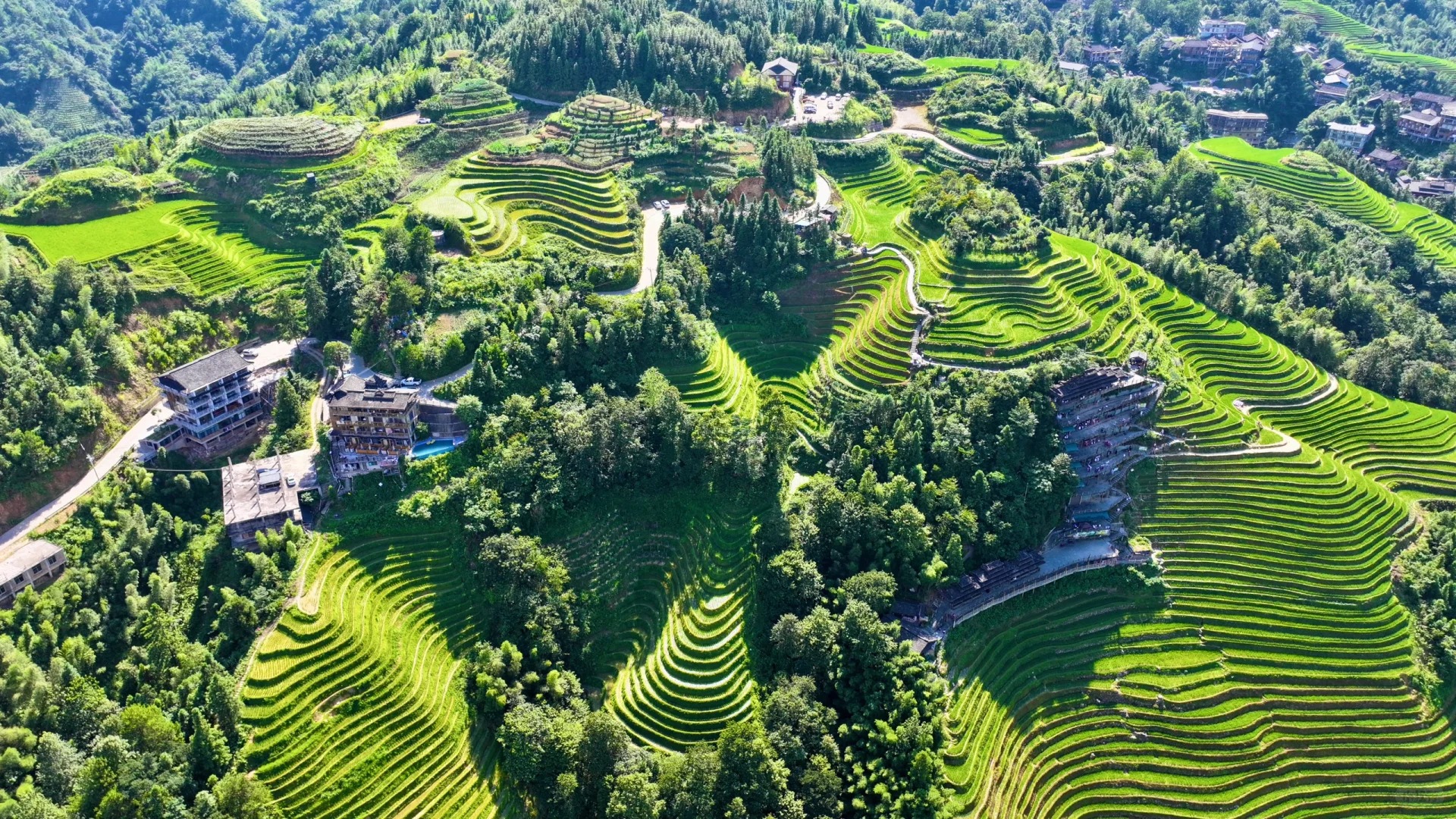
Visitor Experience and Activities
The best times to visit vary by location, but generally, spring offers vivid green terraces filled with water, while autumn presents golden terraces ready for harvest.
Hiking trails wind through the terraces, offering breathtaking views and photography opportunities. Many visitors enjoy sunrise and sunset views when the terraces are at their most photogenic.
Homestays in traditional villages provide an immersive cultural experience. Visitors can participate in farming activities, learn local crafts, and enjoy authentic cuisine.
Some areas offer cultural performances showcasing traditional music, dance, and costumes of the local ethnic groups.
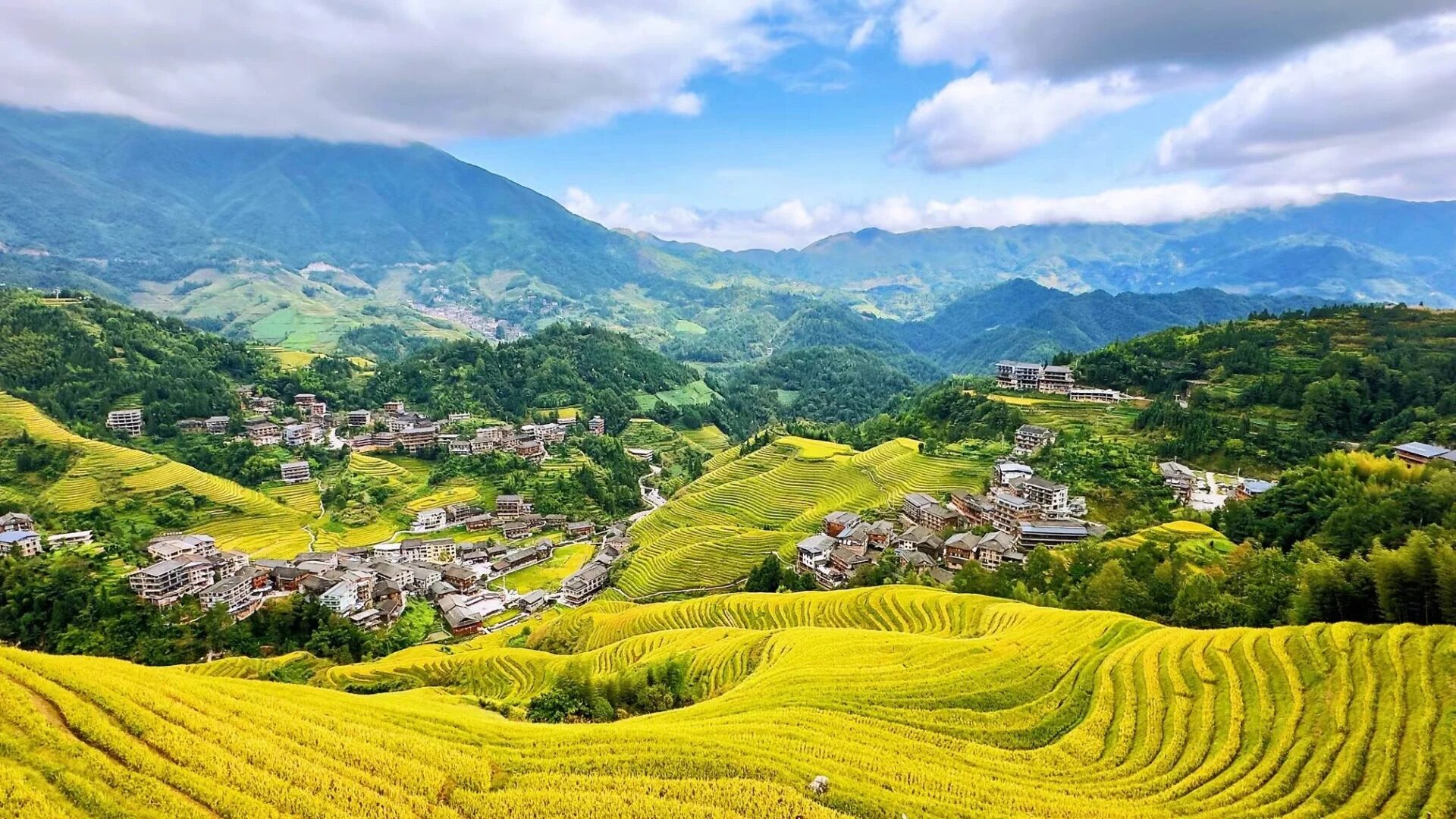
Preservation and Challenges
Preserving traditional farming methods is crucial to maintaining these landscapes. However, this faces challenges from rural-to-urban migration and the lure of more profitable occupations.
Balancing tourism development with conservation is an ongoing challenge. While tourism brings economic benefits, it can also strain local resources and potentially alter traditional ways of life.
Climate change poses new threats, including altered rainfall patterns and temperature changes that affect rice cultivation. Farmers are adapting with resilient rice varieties and adjusted planting schedules.
UNESCO recognition has boosted conservation efforts, particularly for the Honghe Hani Rice Terraces, helping to preserve both the physical landscape and the cultural practices associated with it.
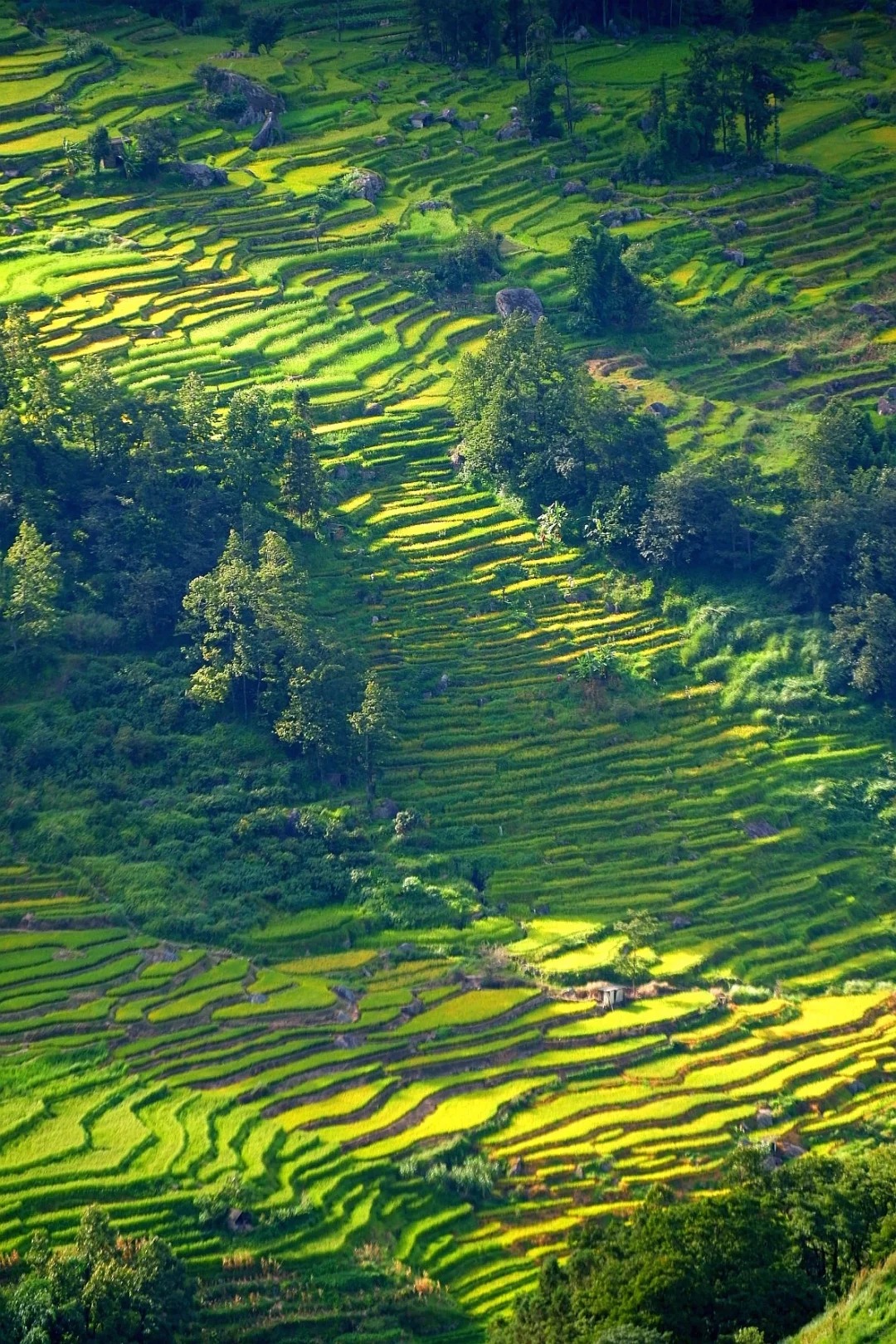
Practical Travel Information
Most rice terrace sites are accessible by bus or hired car from nearby cities. For example, the Longji terraces are a few hours’ drive from Guilin city.
Accommodation ranges from basic homestays in traditional wooden houses to more modern hotels in nearby towns. Homestays offer the most authentic experience but may have limited amenities.
A typical visit can last from one to three days, depending on hiking plans and cultural activities. Multi-day tours often combine rice terrace visits with exploration of nearby attractions.
Visitors should be prepared for changeable mountain weather and bring sturdy walking shoes. Respecting local customs, such as asking permission before photographing people, is essential for a positive interaction with local communities.
In conclusion, China’s rice terraces offer a unique blend of natural beauty, cultural richness, and agricultural innovation. They stand as monuments to human perseverance and ingenuity, inviting visitors to step into a world where tradition and nature coexist in harmonious balance.





